Direct destruction of individuals
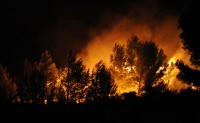
Populations are very slow to rebuild, and the effects of fire can last for up to 30 years. The recurrence of fires within thirty years generally signals the disappearance of the species.
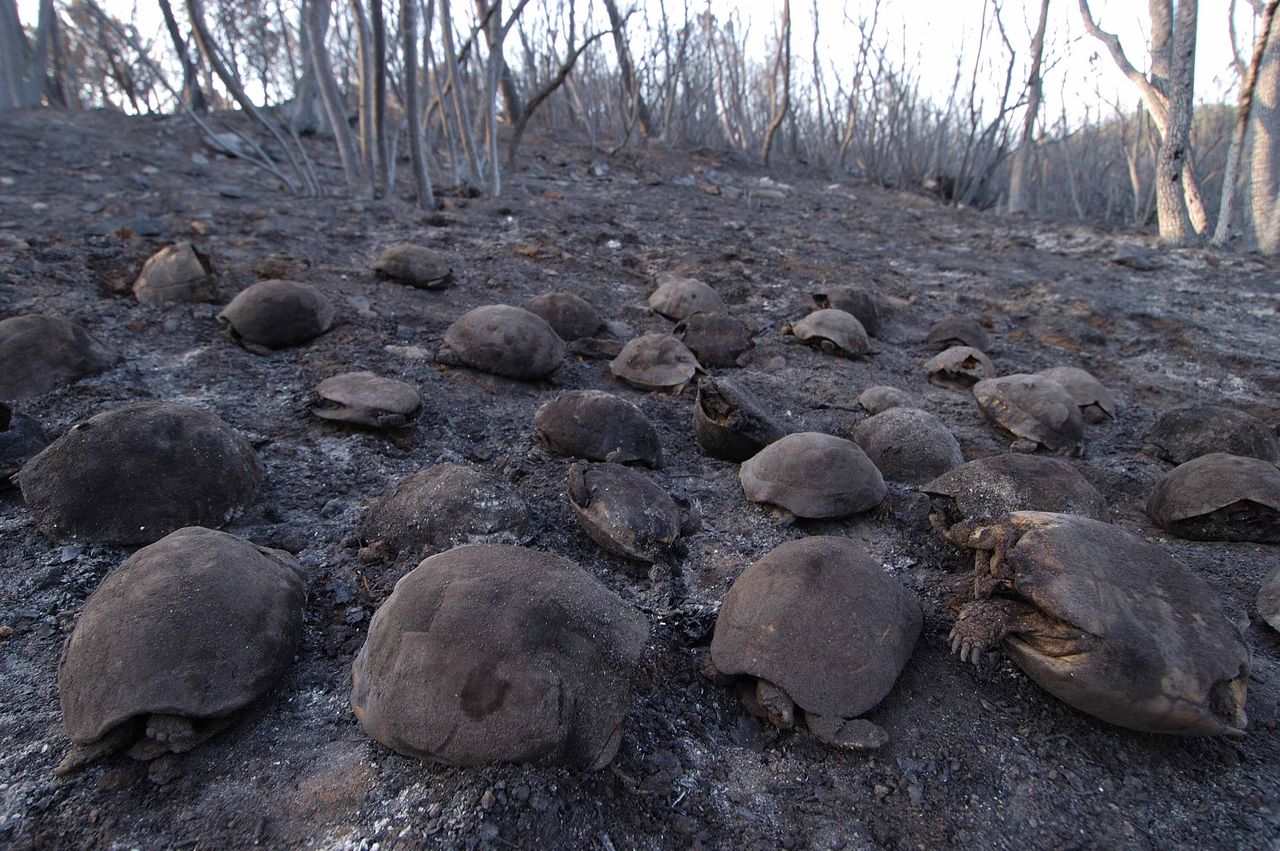
It is therefore more than ever to respect the safety instructions for the fight against forest fires in the summer.
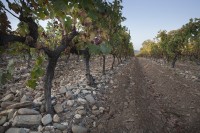
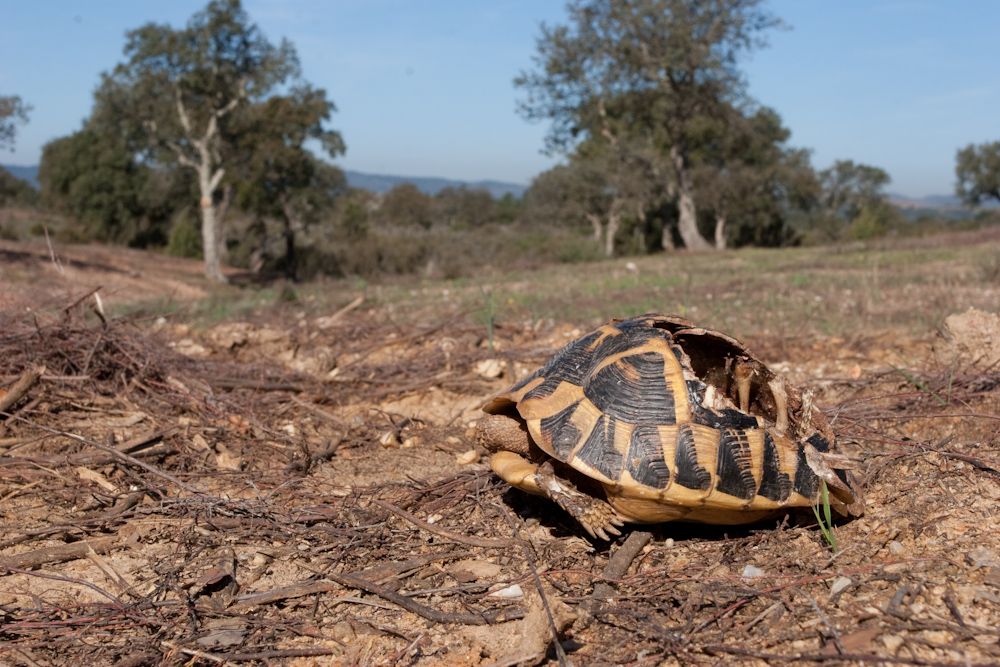
Loss of individuals due to forest clearance and agricultural machinery
It is therefore a matter of maintaining these operations whilst mitigating their impact in the species conservation priority zones.
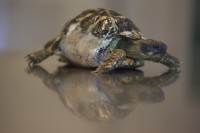
Man with two other predators exert strong pressure on tortoises in the wild.
Predation from wild boar also seems to be a substantial threat, especially since the Var populations have greatly increased in the last 30 years. Egg-laying areas and juveniles are particularly threatened.

